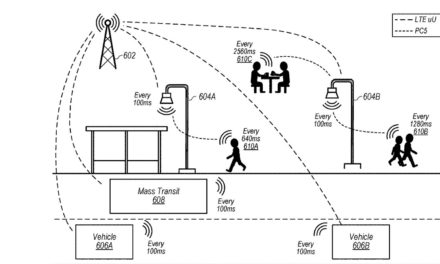Makers and startups, not tech providers, consumer goods companies or enterprises, will drive acceptance, use and growth in the Internet of Things (IoT) through the creation of a multitude of niche applications, according to Gartner, Inc. (www.gartner.com). The research group predicts that, by 2017, 50% of IoT solutions (typically a product combined with a service) will originate in startups that are less than three years old.
Gartner defines “makers” as inventors, tinkerers and entrepreneurs who create and manufacture products using traditional tools and new digital design and rapid prototyping and manufacturing technologies. “Startups” are fledgling businesses that are often technology-focused and have the potential for high growth.
“Conventional wisdom is that the growth of the Internet of Things is driven by large enterprises. As is always the case, there is an element of truth in conventional wisdom and major consumer goods companies, utilities, manufacturers and other large enterprises are, indeed, developing IoT product offerings,” says Pete Basiliere, research vice president at Gartner. “However Gartner’s Maverick research finds that it is the makers and the startups who are the ones shaping the IoT. Individuals and small companies that span the globe are developing IoT solutions to real-world, often niche problems. They are taking advantage of low-cost electronics, traditional manufacturing and 3D printing tools, and open- and closed-source hardware and software to create IoT devices that improve processes and lives.”
Managers often assume the IoT is about business-to-business and business-to-consumer opportunities, relying on technologists within their enterprises to develop the necessary systems and connected items. However, these firms are slow-moving elephants that cannot react quickly to what is happening underneath their feet,” says Basiliere.
“Product development processes within most large enterprises are too ponderous and ROI-driven to produce anything but high-volume, lowest-common-denominator IoT objects,” he adds. “The result is the development of a low number of IoT uses that garner high amounts of revenue, while makers, startups and crowdsourcing efforts result in high numbers of low-revenue niche IoT applications.”
For this reason, senior management and emerging technology strategists within large enterprises must transform their product discovery processes, according to Gartner.




